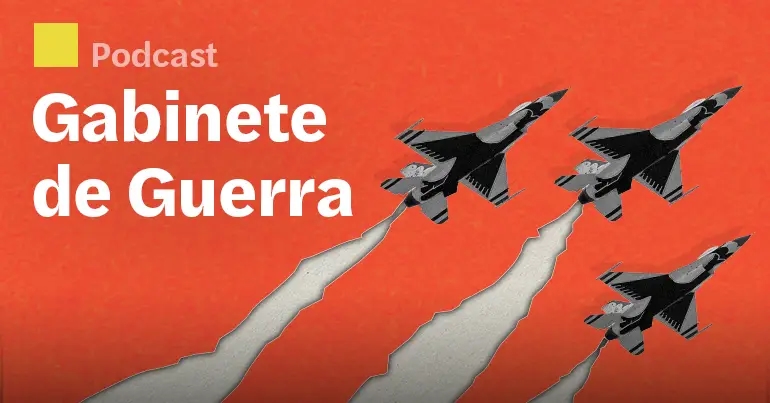Drones help clean up trash on Everest

On Everest, a team of drone operators joined climbers and guides at base camp this climbing season. Their mission: to help clean up the world's highest peak.
Tons of waste, from empty cans and gas cylinders to bottles, plastic and discarded climbing gear, have given the once-pristine Everest the grim nickname “the world’s highest garbage dump.”
Two DJI FC 30 heavy-lift drones have been deployed to Camp 1, at an altitude of 6,065 meters, where they have already helped transport 300 kg of trash during the spring climbing season, which typically lasts from April to early June.
“The only options were helicopters and manual labor, with no alternatives,” explains Raj Bikram Maharjan of the Nepalese company Airlift Technology, which developed the project.
“So, as a solution to this problem, we came up with the idea of using our heavy-lift drones to transport the waste,” he adds.
After a successful pilot test on Everest last year, the company conducted trials of the system on the nearby mountain Ama Dablam, from which it removed 641 kg of waste.
"This is a revolutionary initiative in the mountains to make them cleaner and safer," says Tashi Lhamu Sherpa, vice-president of the Khumbu Pasang Lhamu Rural Municipality, which oversees the Everest region.
Drones are proving to be much more efficient, cost-effective and safer than previous methods, according to Tshering Sherpa, head of the Sagarmatha Pollution Control Committee.
“In just 10 minutes, a drone can transport as much trash as 10 people in six hours,” he explains to AFP.
These powerful aircraft cost around $20,000 (R$108,000) each, but were provided by the China-based manufacturer to support the cleanup operation and promote its brand.
The remaining costs were covered in part by local authorities.
In addition to collecting waste, the devices were also used to deliver essential climbing equipment such as oxygen cylinders, ladders and ropes, reducing the number of dangerous journeys through the Khumbu Icefall, one of the deadliest areas of Everest.
This can help improve the safety of guides and porters, especially the “preparation” teams who establish the routes at the start of the new season.
“The people on the preparation team were very happy,” says climber Nima Rinji Sherpa, the youngest person to conquer the world’s 14 highest peaks.
"They can go alone, and the drone carries the ladders, oxygen, and ropes. It saves a lot of time and energy," he says.
Next month, Airlift Technology will take the devices to Mount Manaslu, the eighth highest peak in the world.
“Drones are not only useful in war,” says Maharjan.
"They can save lives and protect the environment. This technology will represent a revolutionary change for humanitarian and climate work," he says.
str/pm/pjm/mtp/cwl/arm/es/dd/aa
IstoÉ





